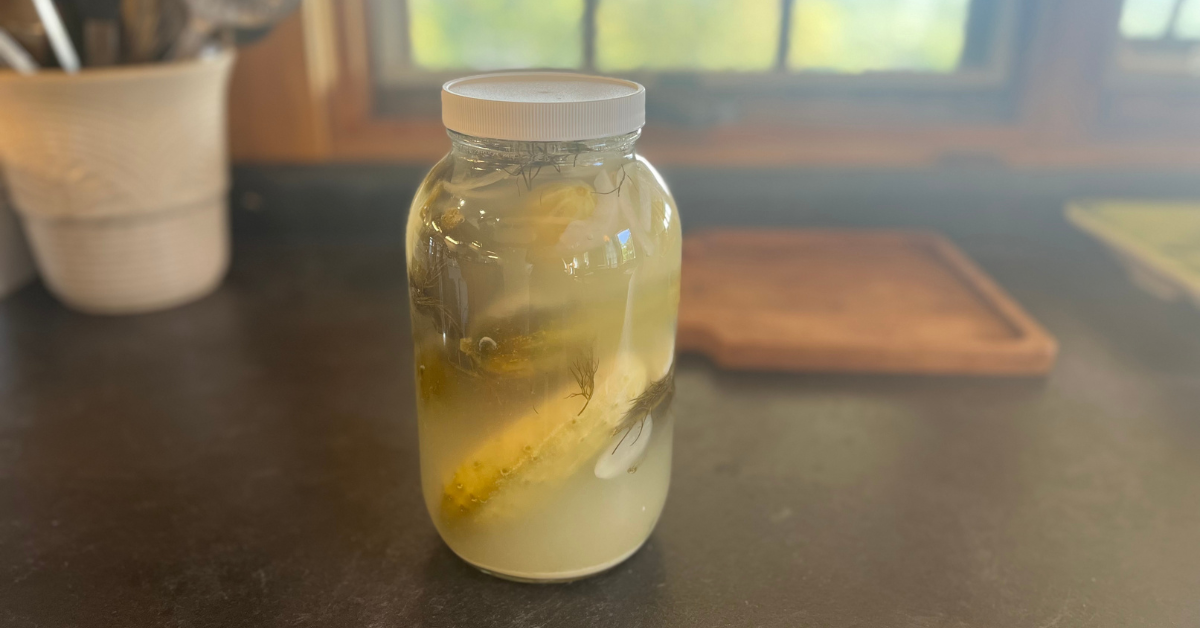
Fermented dill pickles are nutritional powerhouses, offering a wealth of health benefits. Their popularity across cultures throughout history highlights the importance of fermented foods for gut health and a strong immune system. The fermentation process, applicable to various vegetables (such as garlic or sauerkraut), relies on naturally occurring lactobacilli bacteria. This process, known as lacto-fermentation, transforms vegetables by creating a salt brine environment that eliminates oxygen, fostering bacterial growth and unlocking otherwise inaccessible nutrients, thereby increasing vitamin and mineral content. This natural process, without added cultures, is called wild fermentation. For beginners, the book "Wild Fermentation" is a highly recommended resource.
Besides cucumbers, the key ingredients for these pickles are garlic and dill. Creating a salt brine is crucial; a 2% brine is ideal for firm vegetables (cauliflower, radishes, etc.), while a 5% brine is better suited for softer ones (cucumbers, peppers). A precise brine method ensures no excess: weigh your empty jar, add vegetables, fill with water, and weigh the water. Multiply the water weight in grams by 0.02 (or 0.05) to determine the required salt in grams. Dissolve the salt in the water and pour over the vegetables.
Recipe: Fermented Dill Pickles
This recipe provides approximate measurements, often resulting in leftover brine useful for other fermentations.
Ingredients:
- A handful of fresh dill
- 3 cloves fresh garlic
- 1/2 sliced onion (optional)
- Fresh cucumbers (enough to fill your jar)
- 3 tbsp sea salt
- 1 quart hot filtered water
- 1 green or black tea bag (optional, helps maintain crispness)
Instructions:
- Place dill and garlic in a clean glass jar.
- Pack the jar with cucumbers.
- Mix salt and water to create a brine; stir until dissolved.
- Pour brine over the cucumbers.
- Add the tea bag (if using) and cover the jar (an airlock lid is best).
- Let sit at room temperature for 3 days.
- Taste; refrigerate once fermented to your liking.
Tips and Equipment:
While any glass jar works for beginners (requiring daily air release), airlock jars or Polish stone crocks are ideal for larger batches. Fermentation speed depends on temperature; warmer temperatures accelerate the process.
Note: This post contains affiliate links.
Komentar